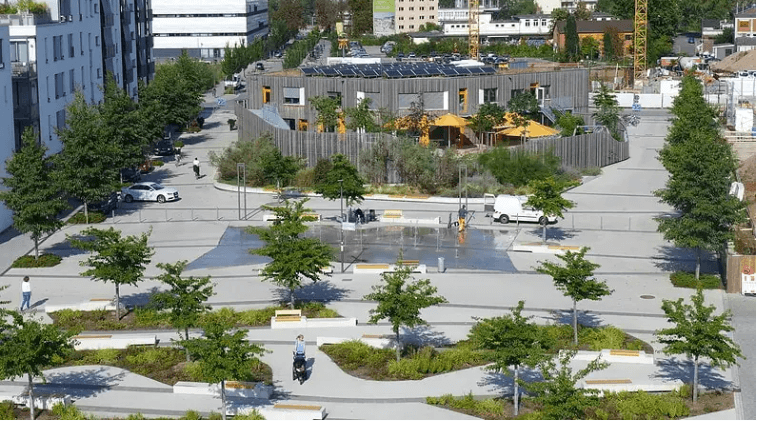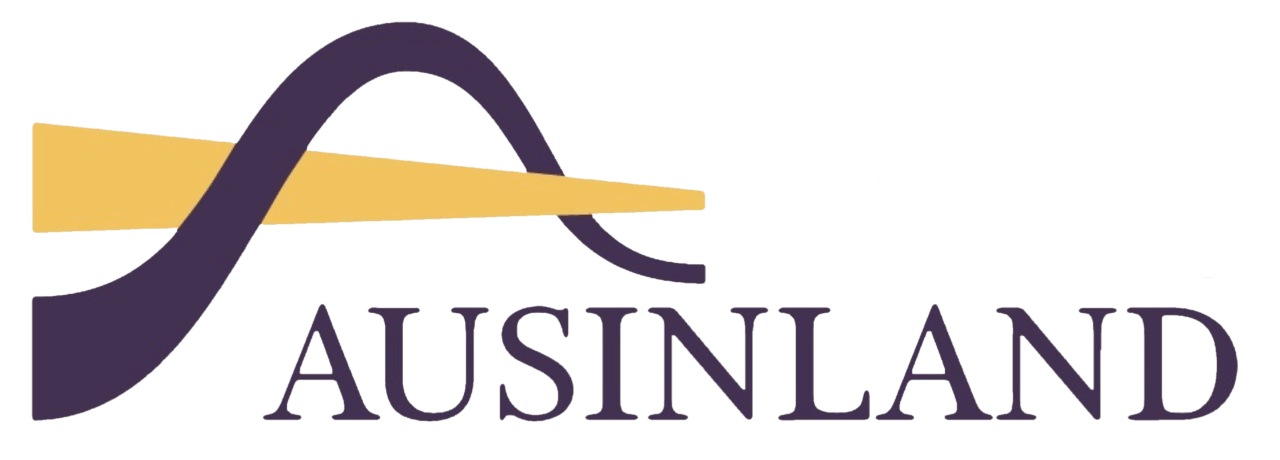In the pursuit of sustainable architecture, the Passive House Standard emerges as a groundbreaking paradigm that sets new benchmarks for energy-efficient building design.
The Passive House Standard is a rigorous set of criteria emphasizing ultra-low energy consumption in buildings, ensuring they maintain a comfortable and consistent indoor climate while significantly reducing their ecological footprint.
By prioritizing airtightness, high-quality insulation, and advanced ventilation systems, buildings constructed to meet the Passive House Standard minimize the need for traditional heating and cooling methods. This not only drastically reduces energy consumption but also lowers utility costs for occupants.
The Bahnstadt project in Germany, one of the largest passive house districts globally, demonstrates the scalability of this standard. By integrating passive design principles into a community-scale development, Bahnstadt achieves remarkable energy efficiency across its residential and commercial spaces. This not only reduces environmental impact but also positions the development as a model for sustainable urban living.
Adopting the Passive House Standard represents a commitment to environmental responsibility, offering a proven and effective way to create buildings that are comfortable, eco-friendly, and economically sustainable. The discussion on this standard delves into its principles and how it serves as a transformative force in reshaping the future of building design.
Ausinland joins forces with EUREF Beijing, a world leading enterprise in the zero-carbon sector, and Tsinghua University’s Carbon Neutrality Center to provide zero-carbon designs and solutions for sustainable development.











